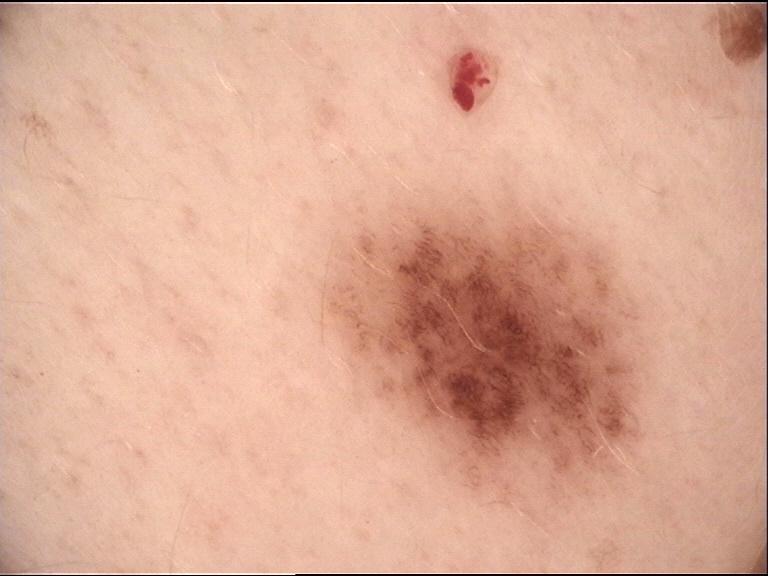Skin cancer develops when skin cells grow abnormally. While there are several varieties, a few primary categories account for most occurrences; recognizing these types is a key aspect of supporting skin health. Here’s information about the most common types of skin cancer, their typical features, and fundamental steps for sun protection and awareness:
Identifying Basal Cell Carcinoma
Basal cell carcinoma (BCC) arises from basal cells, which are responsible for producing new skin cells. BCC occurs most frequently among all skin cancers. It often develops in areas with extensive sun exposure, such as the face, scalp, and neck.
Features of BCC vary widely; some people notice a pearly or waxy bump forming on the skin. Others may observe a flat, flesh-colored spot, a brown scar-like patch, or a sore that bleeds, scabs, heals, and recurs. BCCs tend to grow slowly, and they rarely spread to distant sites, but seeking timely guidance remains a key step to reducing local tissue changes.
Detecting Squamous Cell Carcinoma
Squamous cell carcinoma (SCC) accounts for the second most widespread form of skin cancer. SCC starts in squamous cells located in the skin’s uppermost layer. Like BCC, SCC often appears on regions commonly exposed to sunlight, including the face, ears, lips, neck, or hands, but SCC may also develop in concealed areas.
SCC presents in several forms. People might notice a firm, red nodule or a flat lesion with a scaly, crusted surface. SCC sometimes develops as a new sore on a previously injured area or pre-existing scar. If not addressed, this type has a higher chance of invading deeper tissues or spreading to other sites. Conducting regular skin checks and recognizing signs early provides a key advantage in managing changes promptly.
Recognizing Melanoma
Melanoma arises in melanocytes; these are the cells that generate melanin pigment. Although less common than BCC and SCC, melanoma demands particular attention because of its ability to grow and invade other organs if not identified swiftly. Melanoma may appear anywhere on the body, including less visible locations such as the palms, soles of the feet, or under the nails.
A fundamental method for spotting melanoma involves monitoring new moles or changes in existing moles. The “ABCDE” criteria offer a helpful framework for evaluating concerning skin changes:
- Asymmetry: Uneven halves within the mole.
- Border: Irregular, blurred, or notched edges.
- Color: Varying colors, including shades of brown, black, or even red and blue.
- Diameter: Growth larger than a pencil eraser.
- Evolving: Noticeable changes in shape, size, or color.
Supporting Prevention and Awareness
Building skin cancer awareness relies on regular observation, and conducting self-examinations is a helpful practice to spot new or changing skin lesions over time. Protection strategies form a fundamental foundation. Limit direct exposure to ultraviolet (UV) radiation from both the sun and tanning devices. Shade, protective clothing, wide-brimmed hats, and UV-blocking sunglasses all help reduce exposure. Broad-spectrum sunscreen adds another layer of defense against UV radiation. Consulting a healthcare professional for periodic skin assessments offers valuable support for long-term skin health.
Learn More About Skin Cancer
Skin cancer presents in several major types, each with distinct features and risks. Recognizing signs, such as waxy bumps or growing moles, and following helpful prevention steps are fundamental to supporting skin health. A dermatologist also assists with less common forms of skin cancer, including Merkel cell carcinoma. Examine your skin regularly, adopt practical sun protection habits, and contact a healthcare professional today to address changes or questions.



